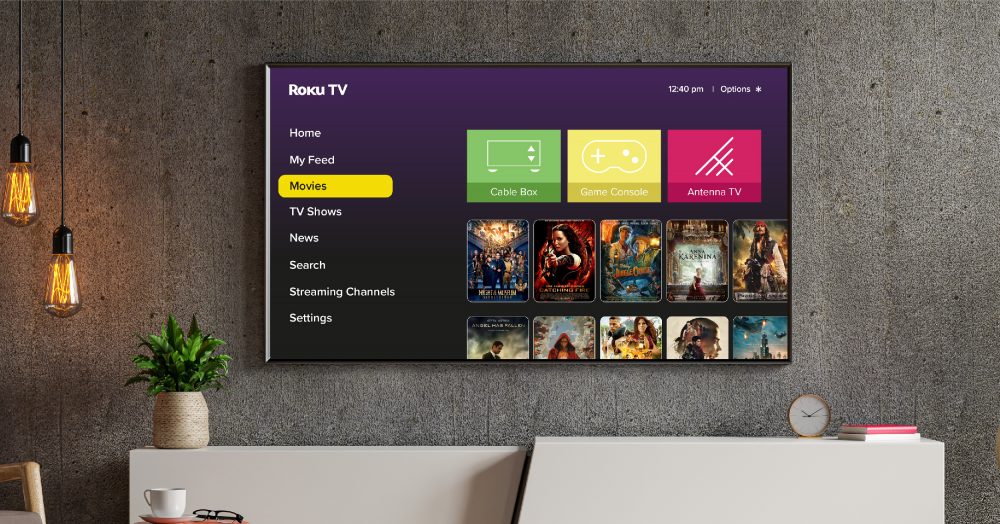Table of Contents
As the demand for streaming content continues to grow, businesses and content creators are increasingly turning to Roku to reach viewers. With over 70 million active users globally, Roku is one of the leading streaming platforms in the world. Developing a Roku application is a strategic move for companies looking to expand their digital presence, deliver content directly to living rooms, and generate new revenue streams.
This guide explores the essentials of Roku application development, including how the platform works, key development tools, and best practices for building a high-quality Roku app.
Why Choose Roku for Your Streaming App
Roku has established itself as a user-friendly, content-rich platform that supports a wide range of entertainment options, from movies and TV shows to educational videos and live broadcasts. Its open developer environment makes it accessible for businesses of all sizes to build and distribute their own Roku channels.
By launching a Roku application, you gain access to a highly engaged user base that prefers viewing content on the big screen. Moreover, Roku provides multiple monetization options, such as advertising, subscriptions, and in-app purchases, making it a valuable platform for content-driven businesses.
Understanding Roku’s Development Environment
Roku applications are primarily built using a proprietary scripting language called BrightScript, along with SceneGraph, which is used to build user interfaces and manage on-screen elements. BrightScript is similar to JavaScript in syntax but is specifically designed for streaming applications and device-based environments.
Roku offers two main types of channels (apps): Direct Publisher channels and Developer SDK channels. Direct Publisher requires no coding and is suitable for simple content streaming, while the Developer SDK provides full control over functionality and design — making it the preferred choice for custom Roku app development.
The Development Process for a Roku App
Building a Roku application typically involves several stages:
- Planning and Content Strategy
Before development begins, you need to define the purpose of your app, your target audience, and the type of content you’ll be offering. This phase also includes designing the user experience and identifying required features. - Designing the User Interface (UI)
Roku apps are built for television screens, so the UI design must consider remote navigation, larger text sizes, and visual simplicity. SceneGraph is used to create layout elements, menu screens, carousels, and video playback interfaces. - Coding and Integration
Developers use BrightScript and SceneGraph to create the application logic, integrate media feeds, enable search functionality, and implement monetization features like ads or subscriptions. Integration with content management systems (CMS) or media servers may also be required. - Testing and Debugging
Roku provides a developer dashboard and emulator for testing apps. Developers can test functionality, optimize performance, and resolve bugs before submitting the application for review. - Deployment and Channel Submission
Once the app is tested and approved internally, it’s submitted to Roku for certification. This includes a content policy review, UI compliance check, and technical performance evaluation. After approval, the app goes live on the Roku Channel Store.
Monetization Options for Roku Applications
Roku supports various monetization models, allowing app owners to generate revenue through:
- Advertising: Use Roku’s advertising platform to insert ads before, during, or after content.
- Subscriptions: Offer premium content through recurring payments.
- Transactional (TVOD): Allow users to purchase or rent individual pieces of content.
- Sponsorships and Branding: Partner with brands to feature sponsored content or branded UI elements.
Choosing the right monetization model depends on your content type, audience preferences, and long-term business goals.
Best Practices for Roku App Development
To ensure the success of your Roku application, consider the following best practices:
- Focus on performance: Ensure fast loading times and smooth navigation, especially on older Roku devices.
- Optimize for remote control navigation: All user interactions happen via the Roku remote, so intuitive controls are essential.
- Prioritize video quality and compression: Deliver high-quality streaming while minimizing buffering.
- Maintain compliance with Roku guidelines: This includes content policies, advertising rules, and design standards.
- Plan for regular updates: Keep your content and software up to date to maintain user engagement and stay competitive.
Conclusion
Roku application development offers a powerful opportunity to connect with millions of viewers through a proven and scalable platform. Whether you’re a media company, content creator, or brand looking to expand into OTT (over-the-top) streaming, building a Roku app can open new avenues for engagement and monetization. With the right development strategy, user experience design, and content plan, you can create a compelling app that resonates with audiences and stands out in the Roku Channel Store.
If you’re considering developing a Roku application and need help getting started, partnering with an experienced Roku development team can ensure your app is built efficiently and meets all platform requirements.

